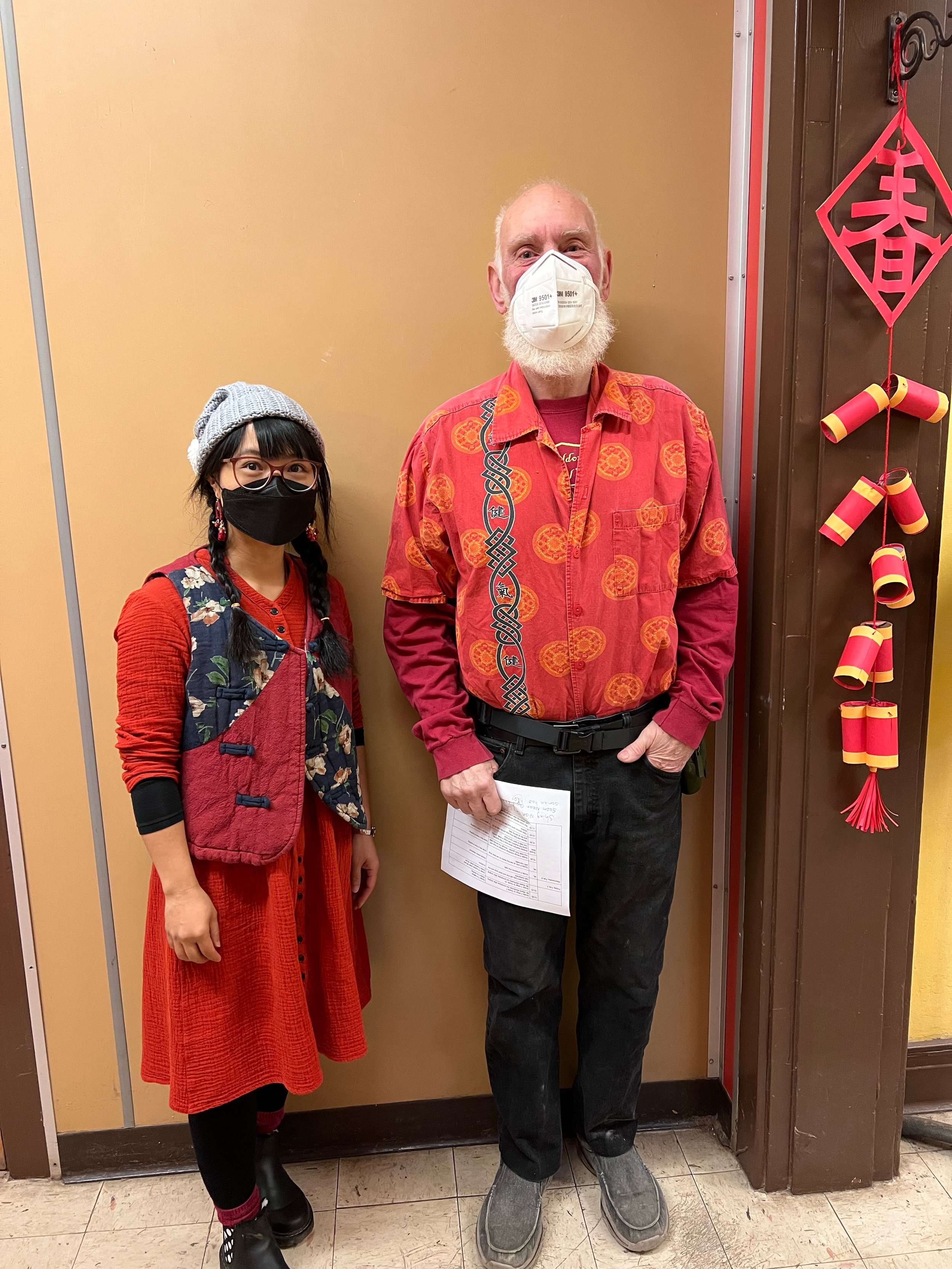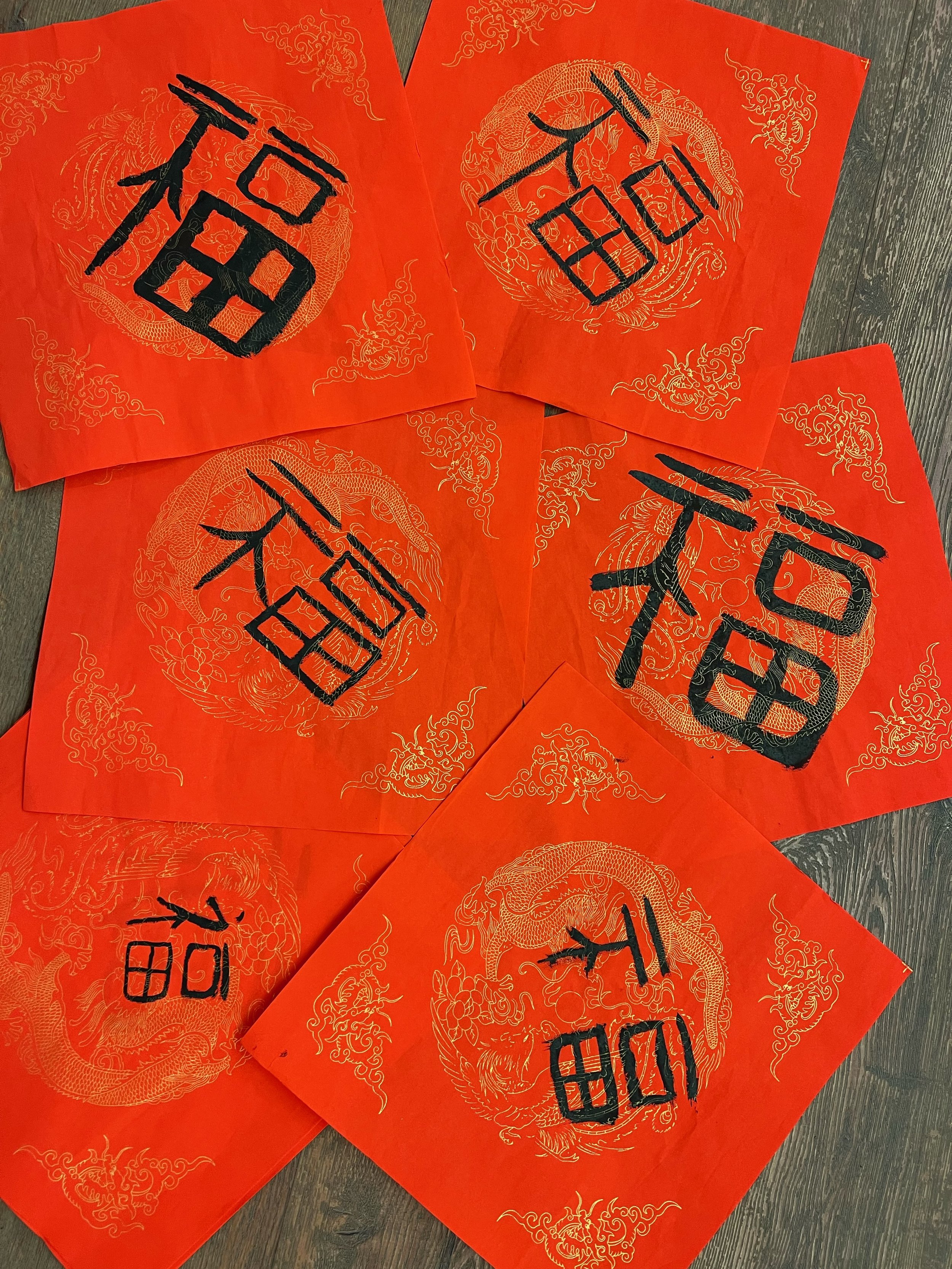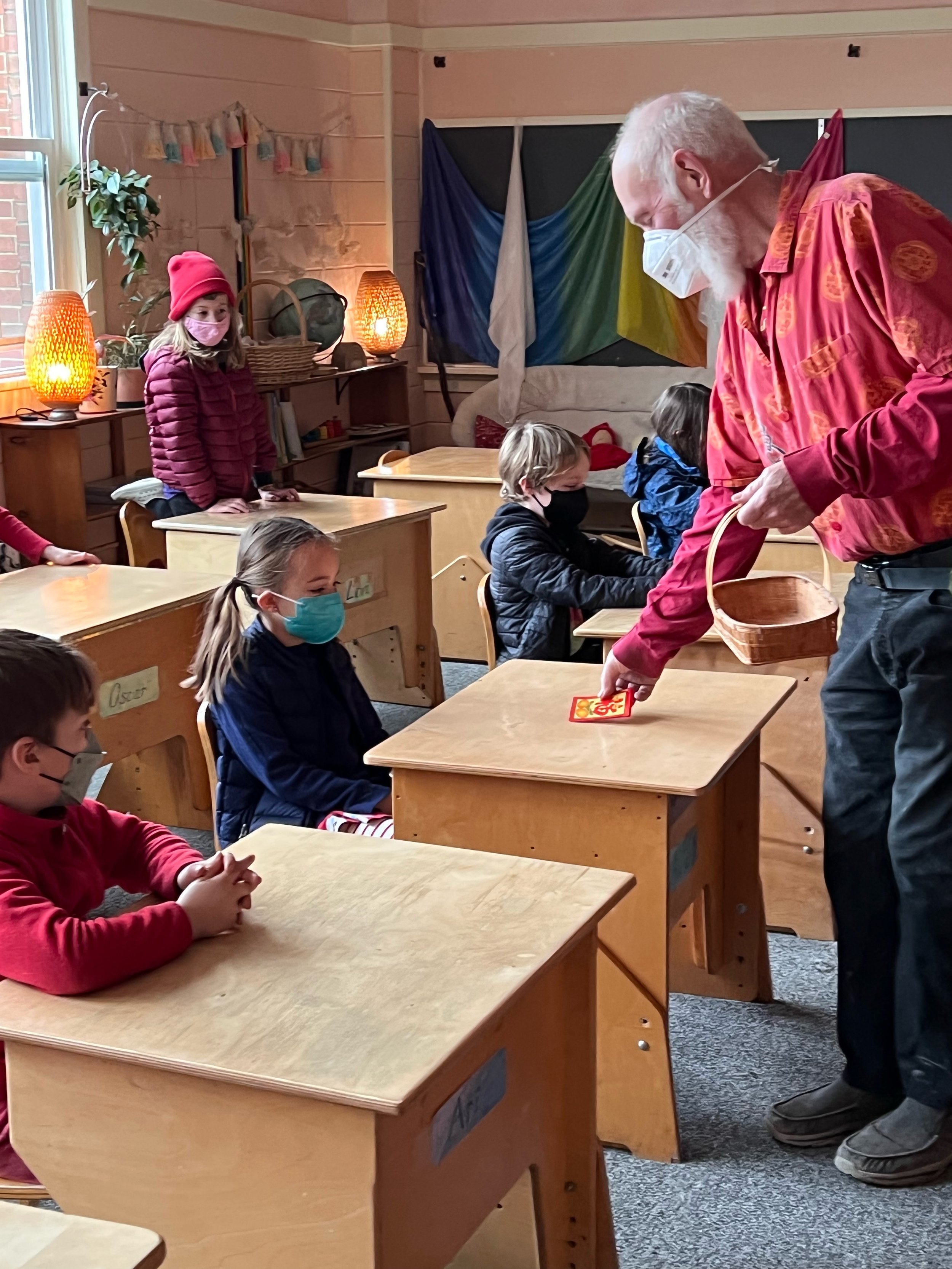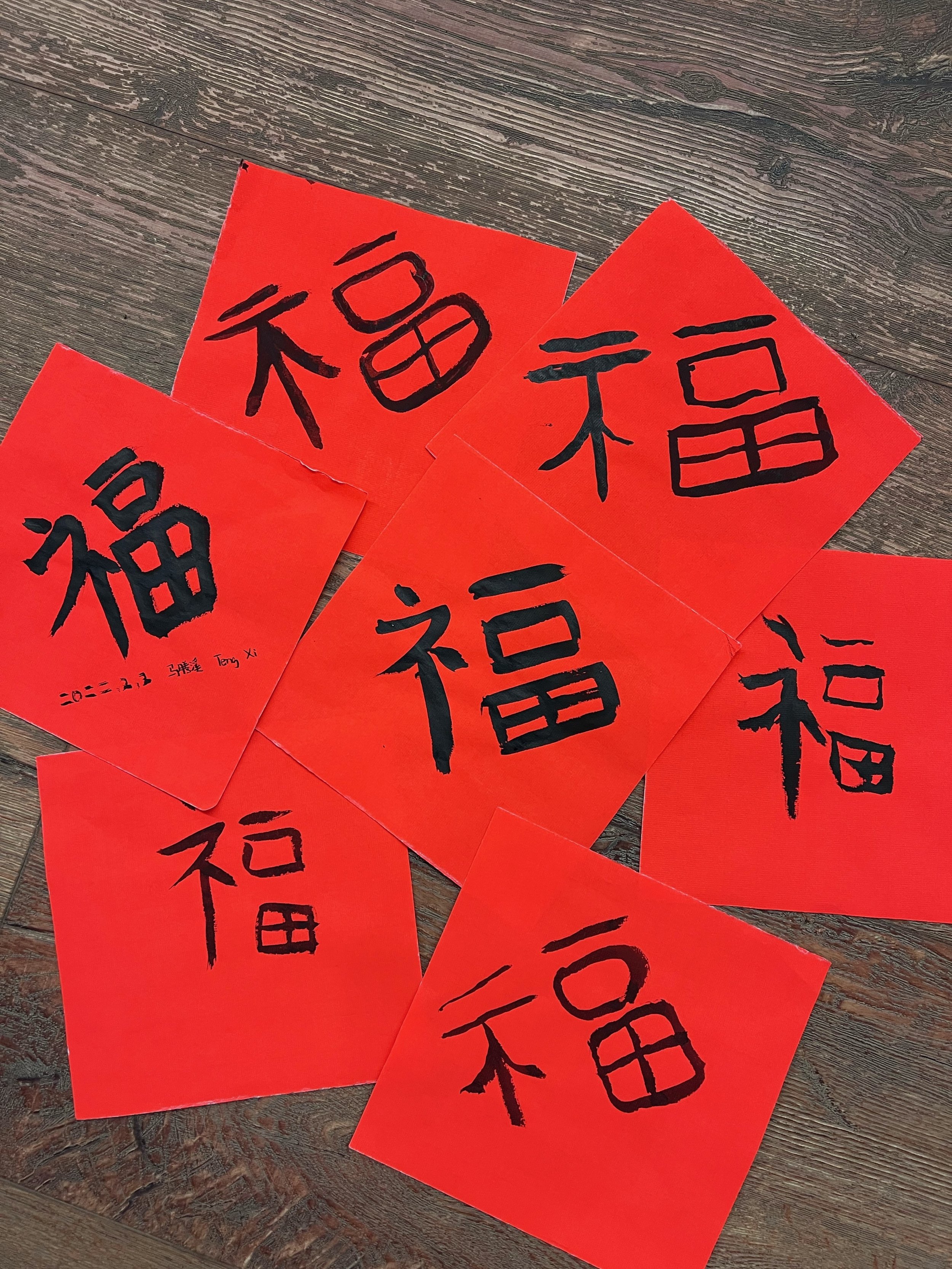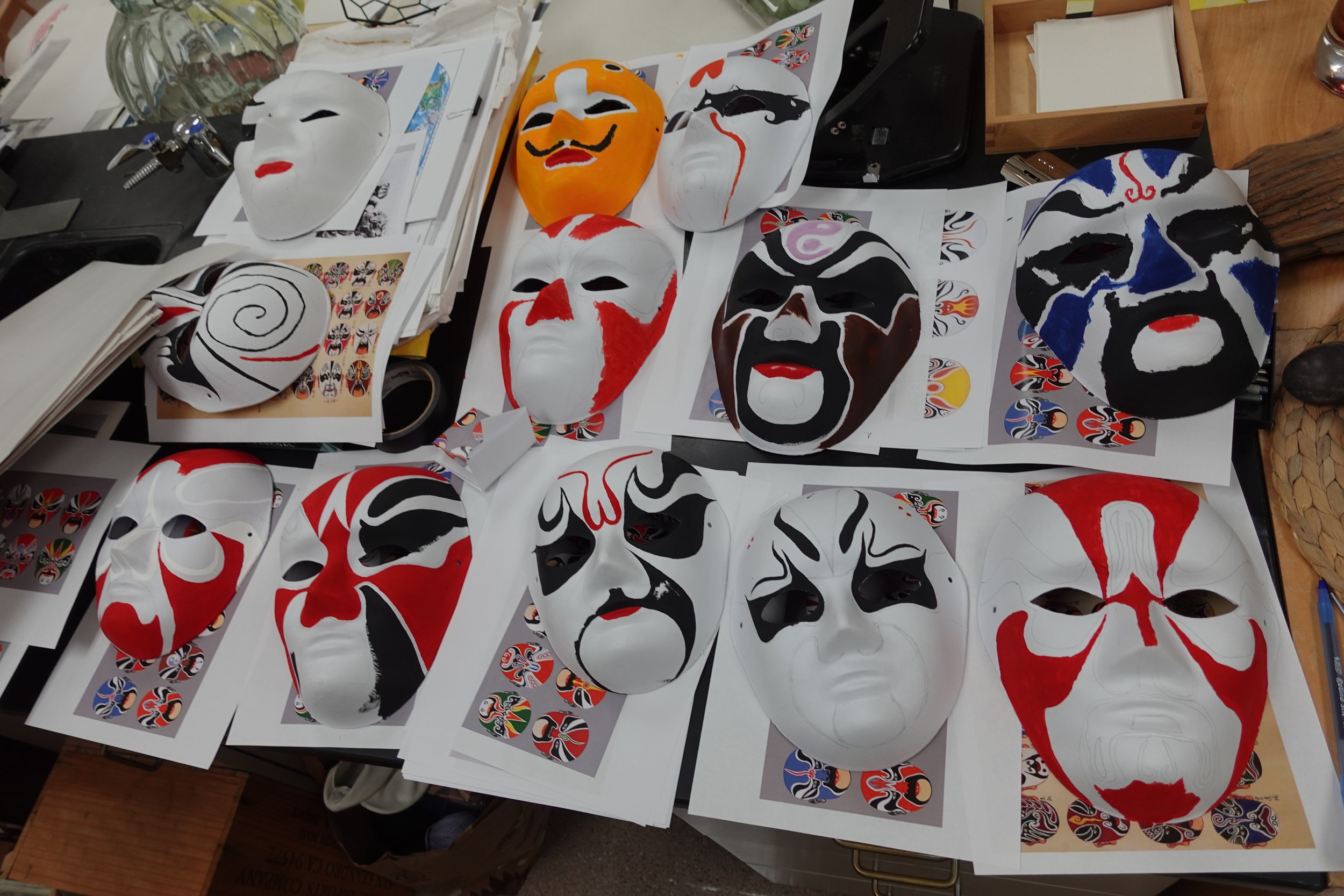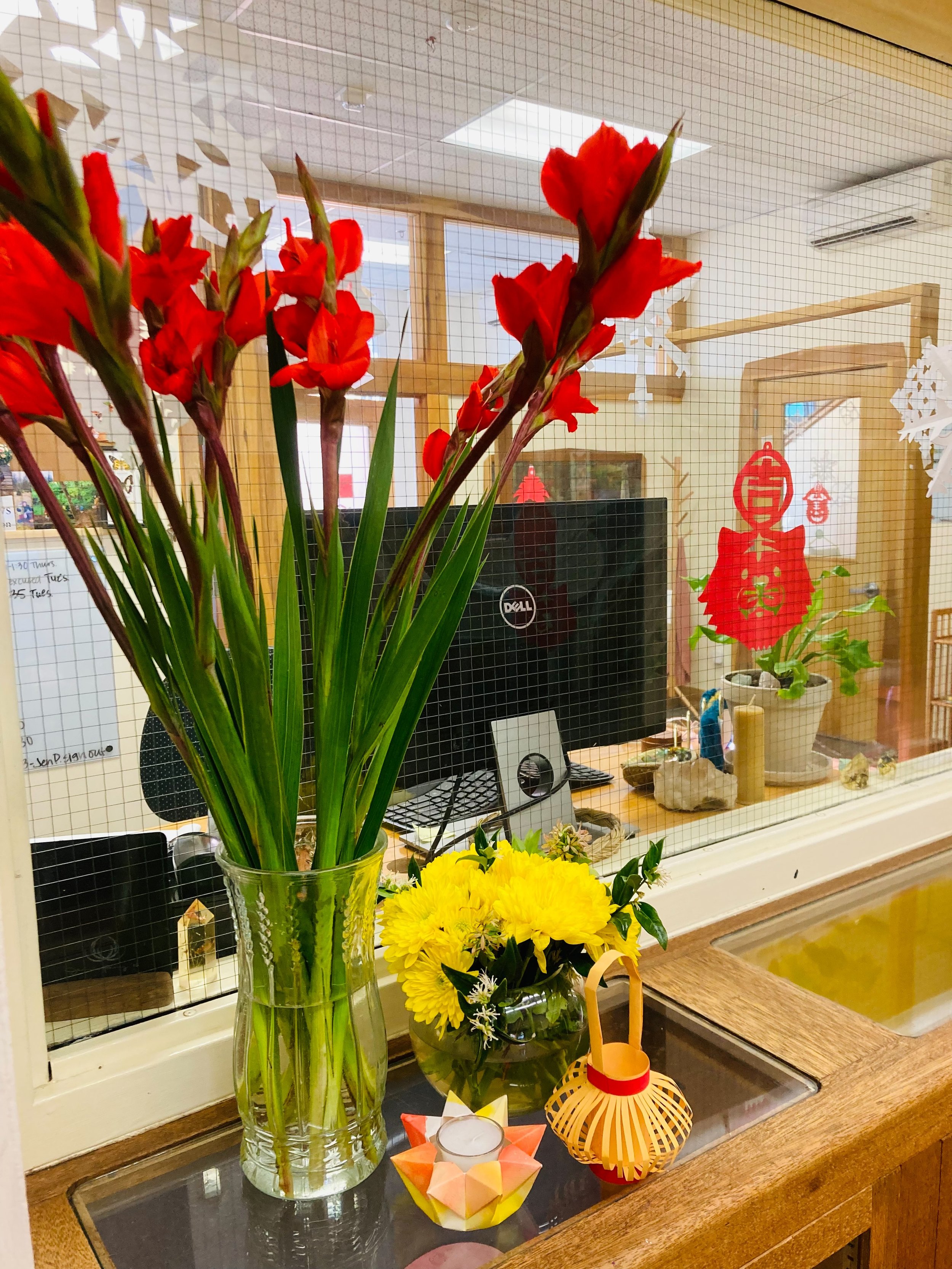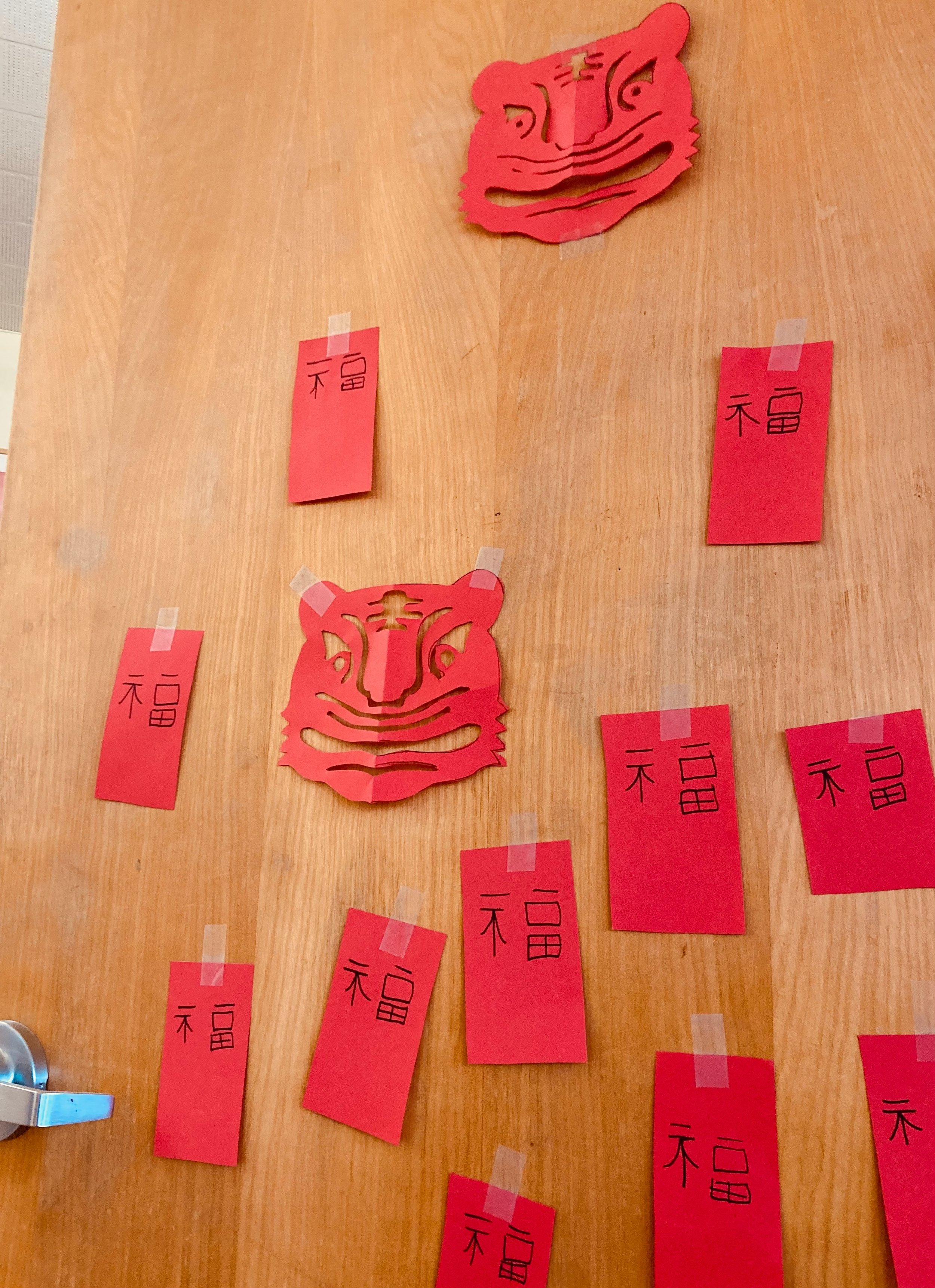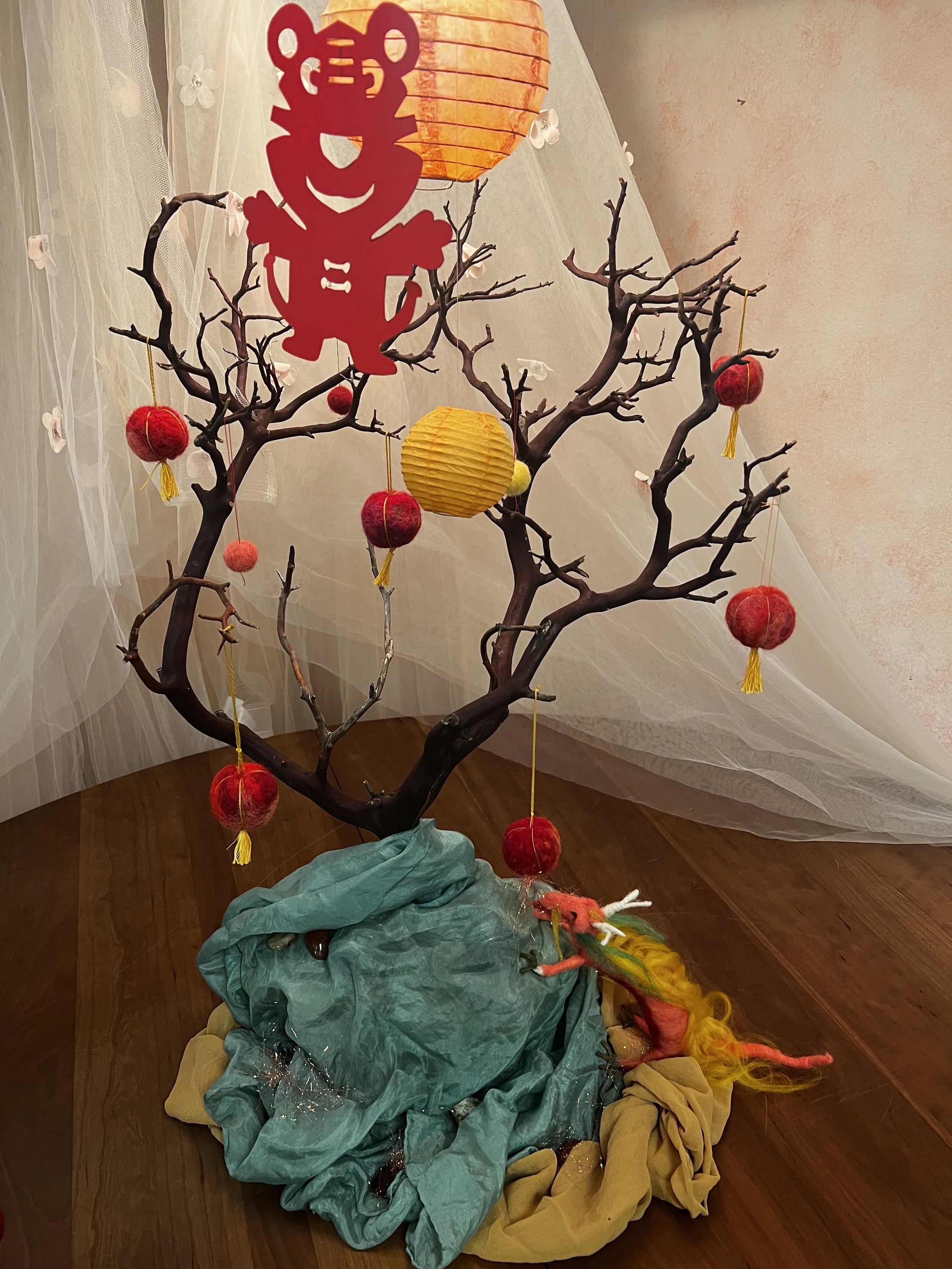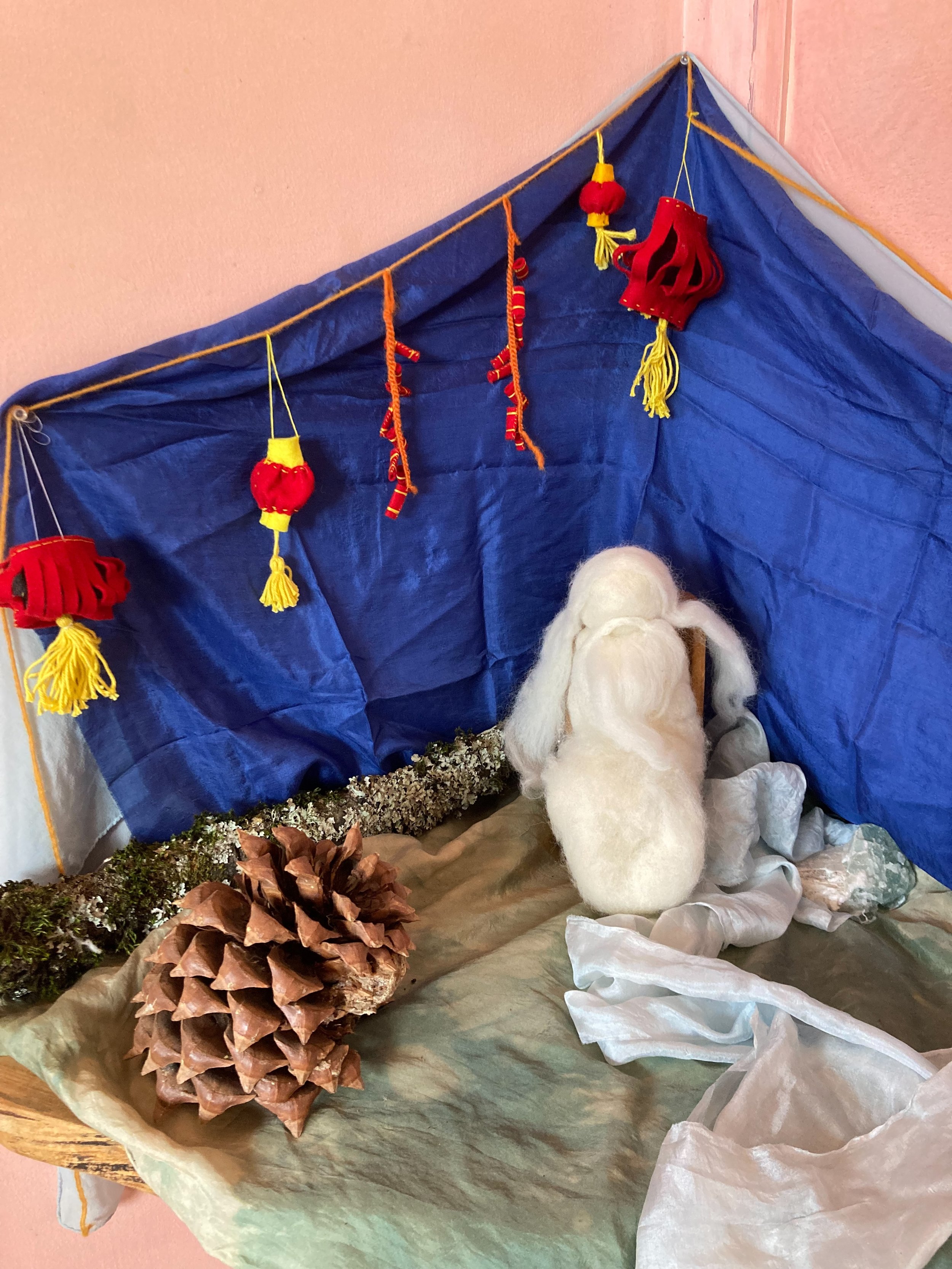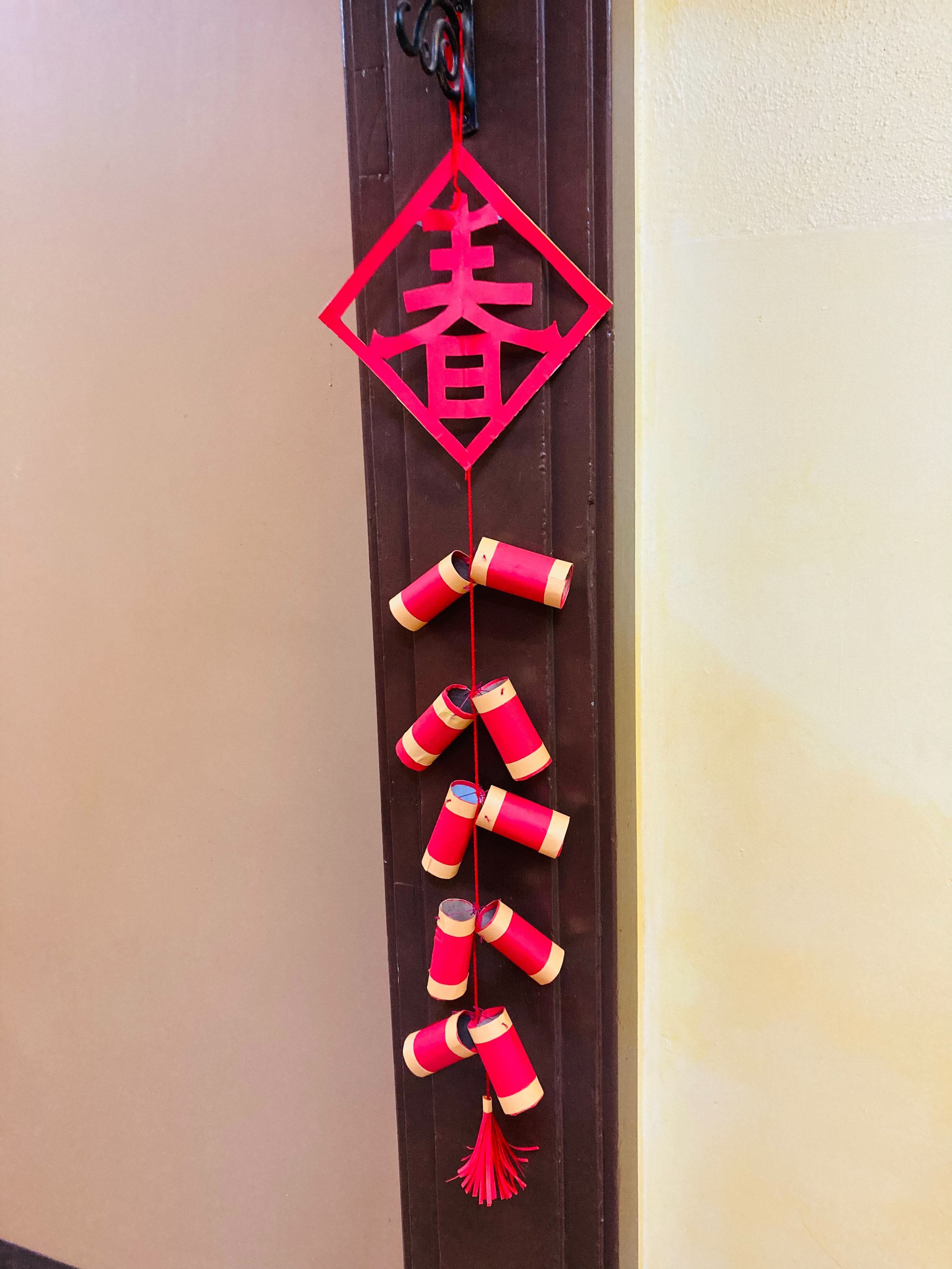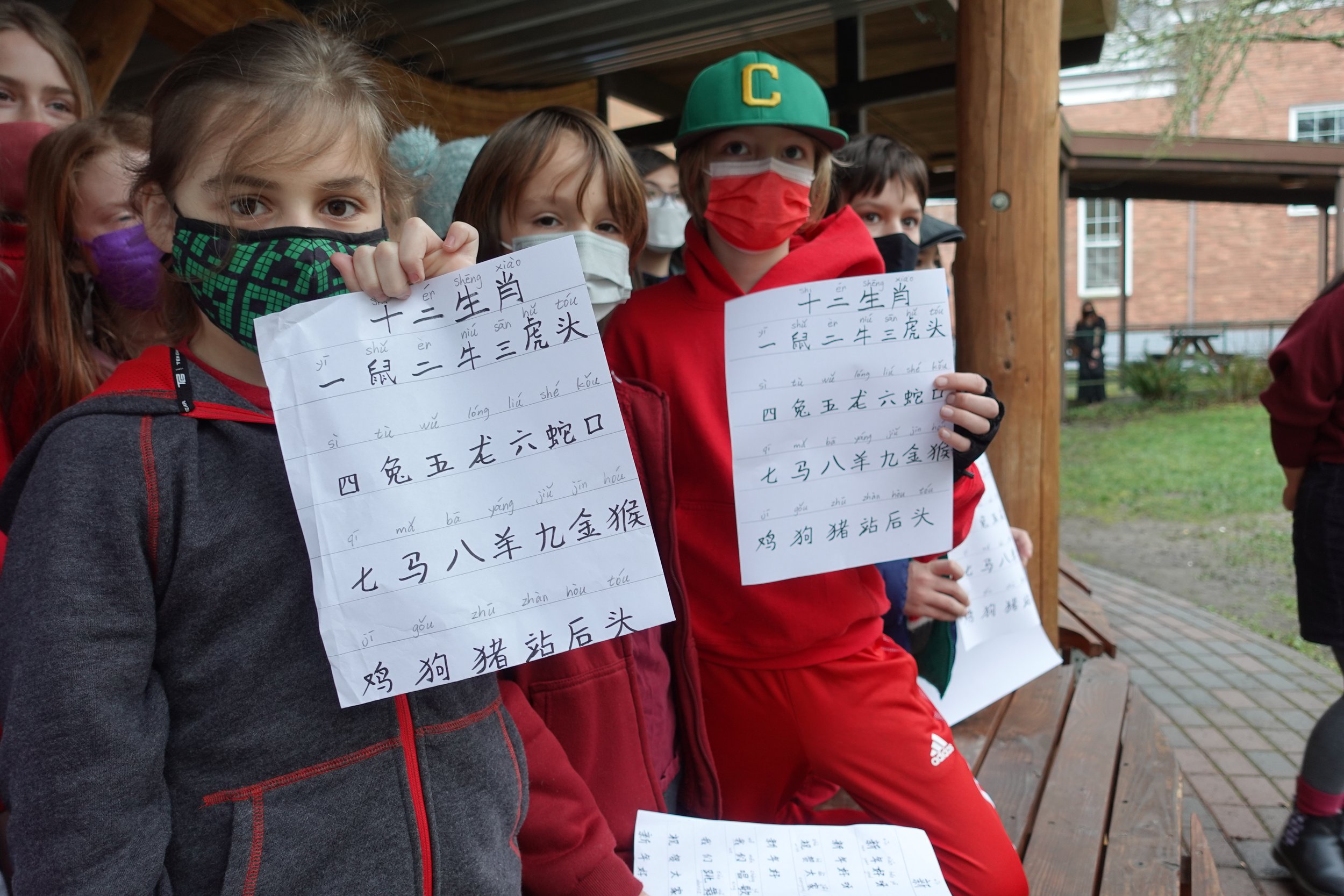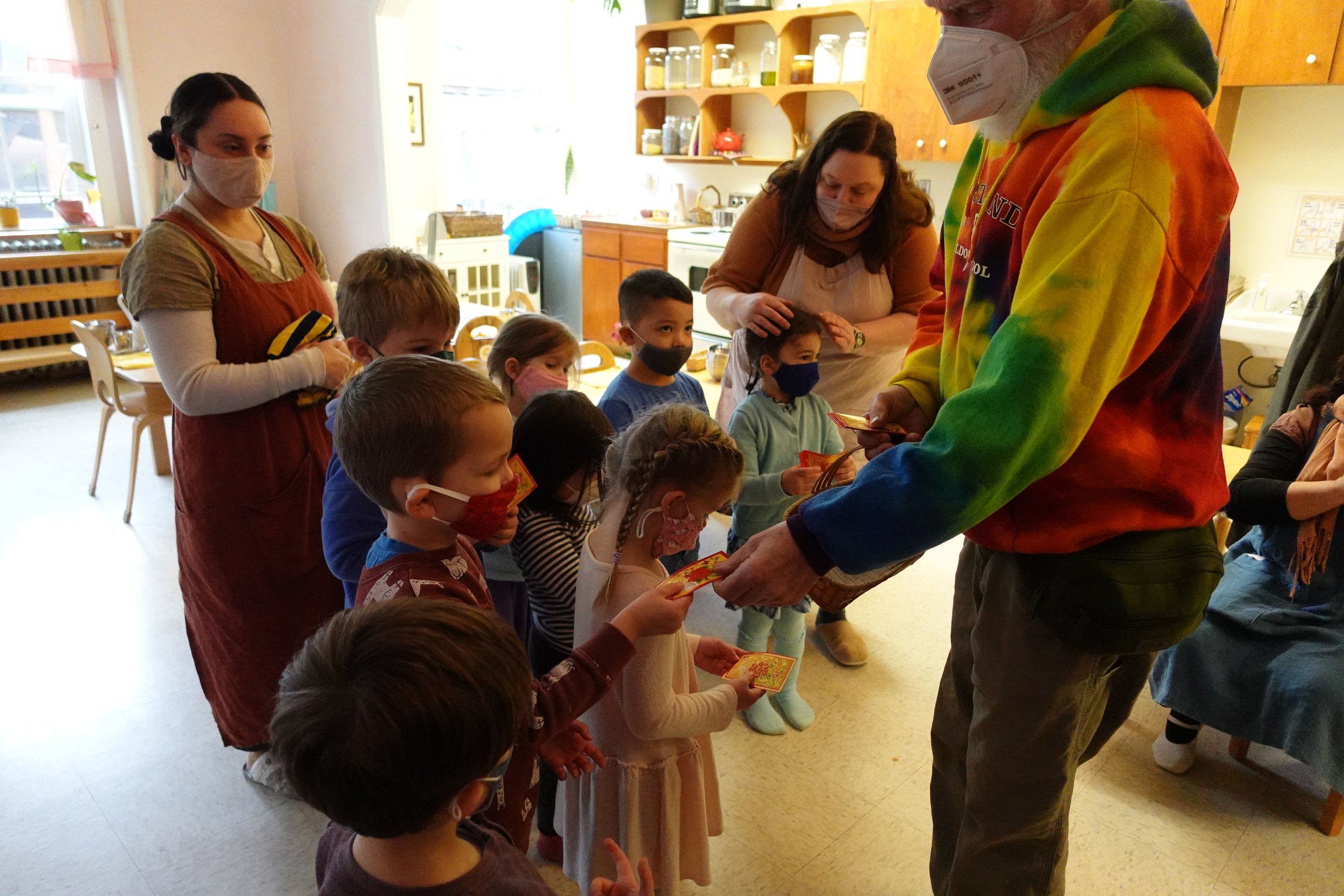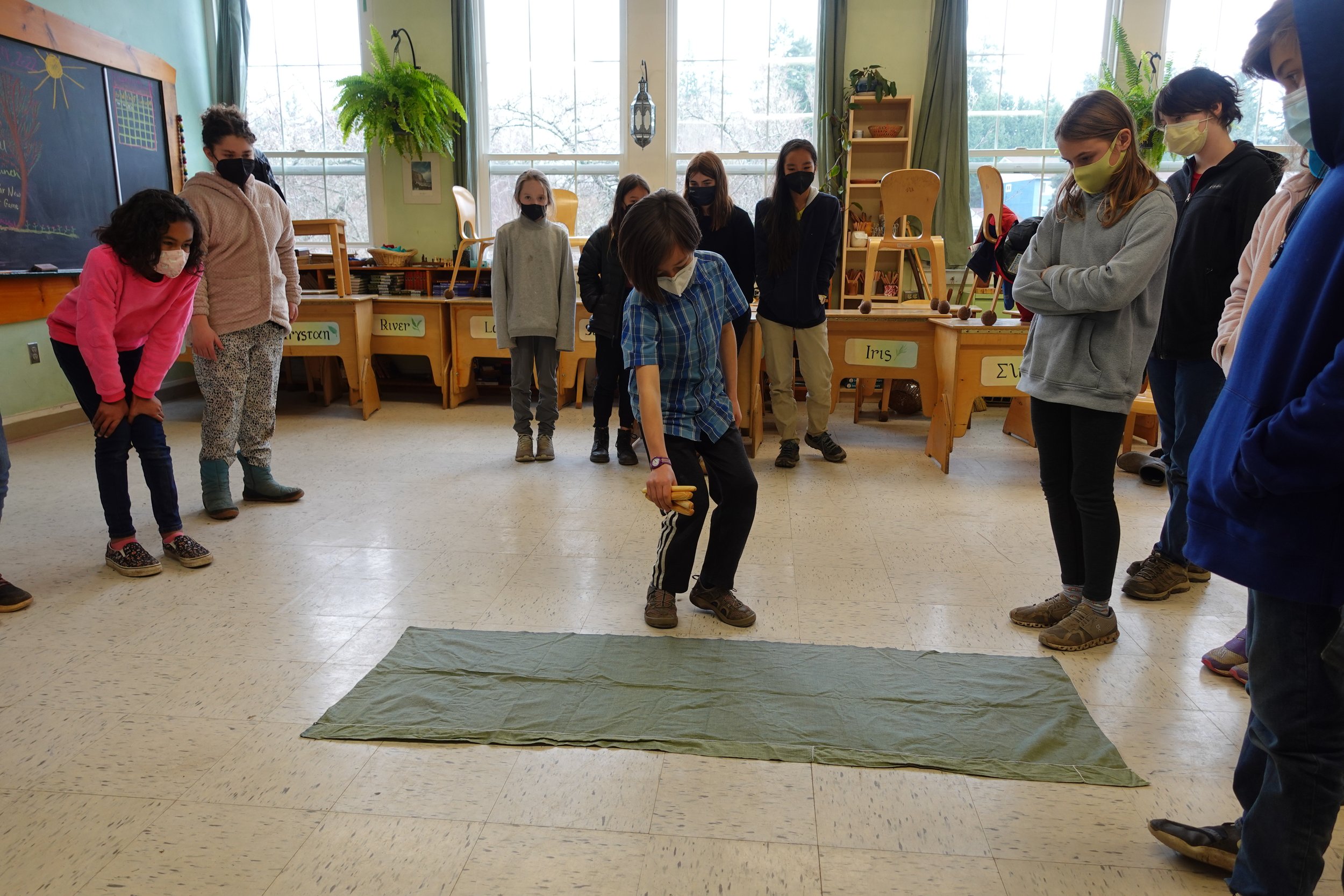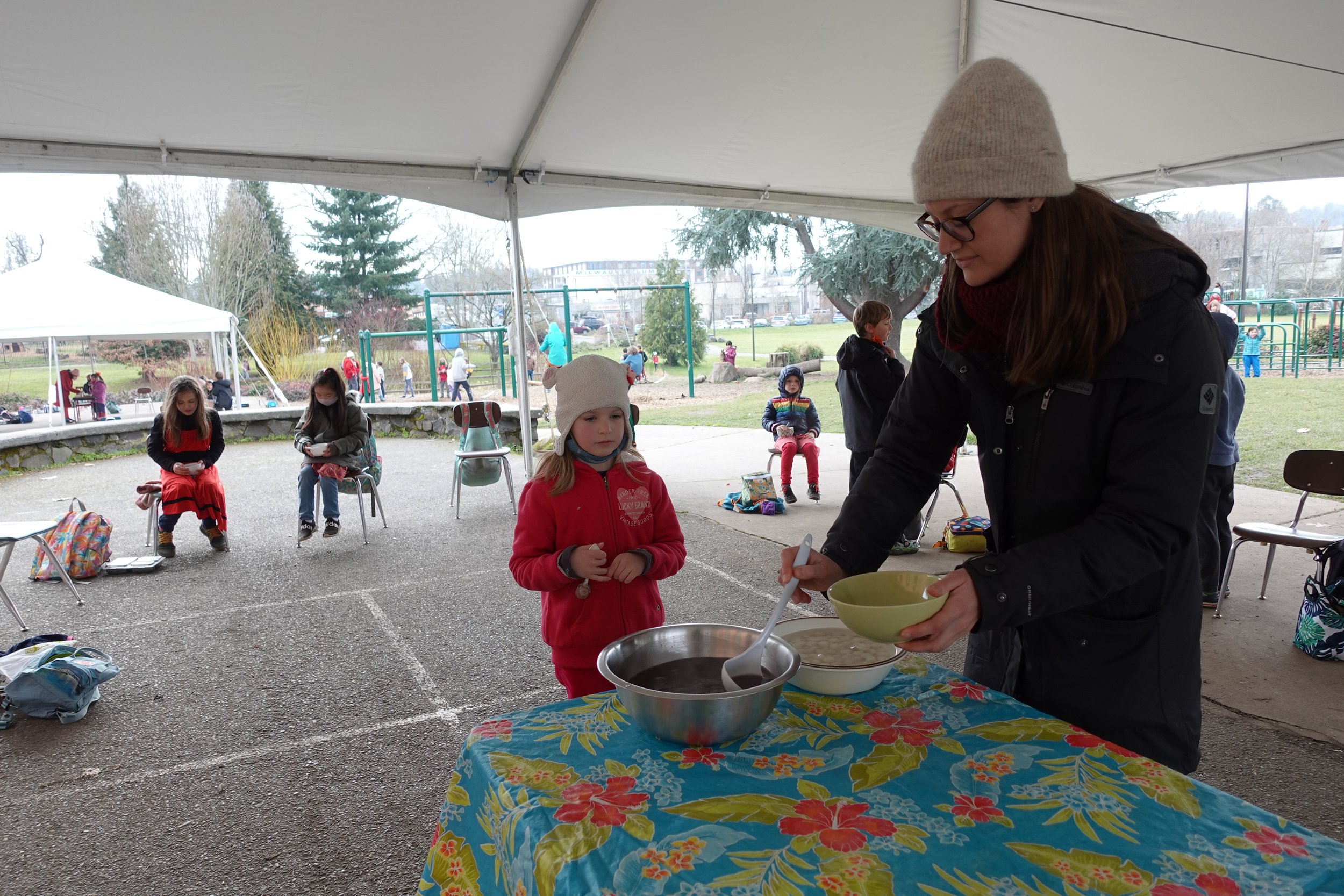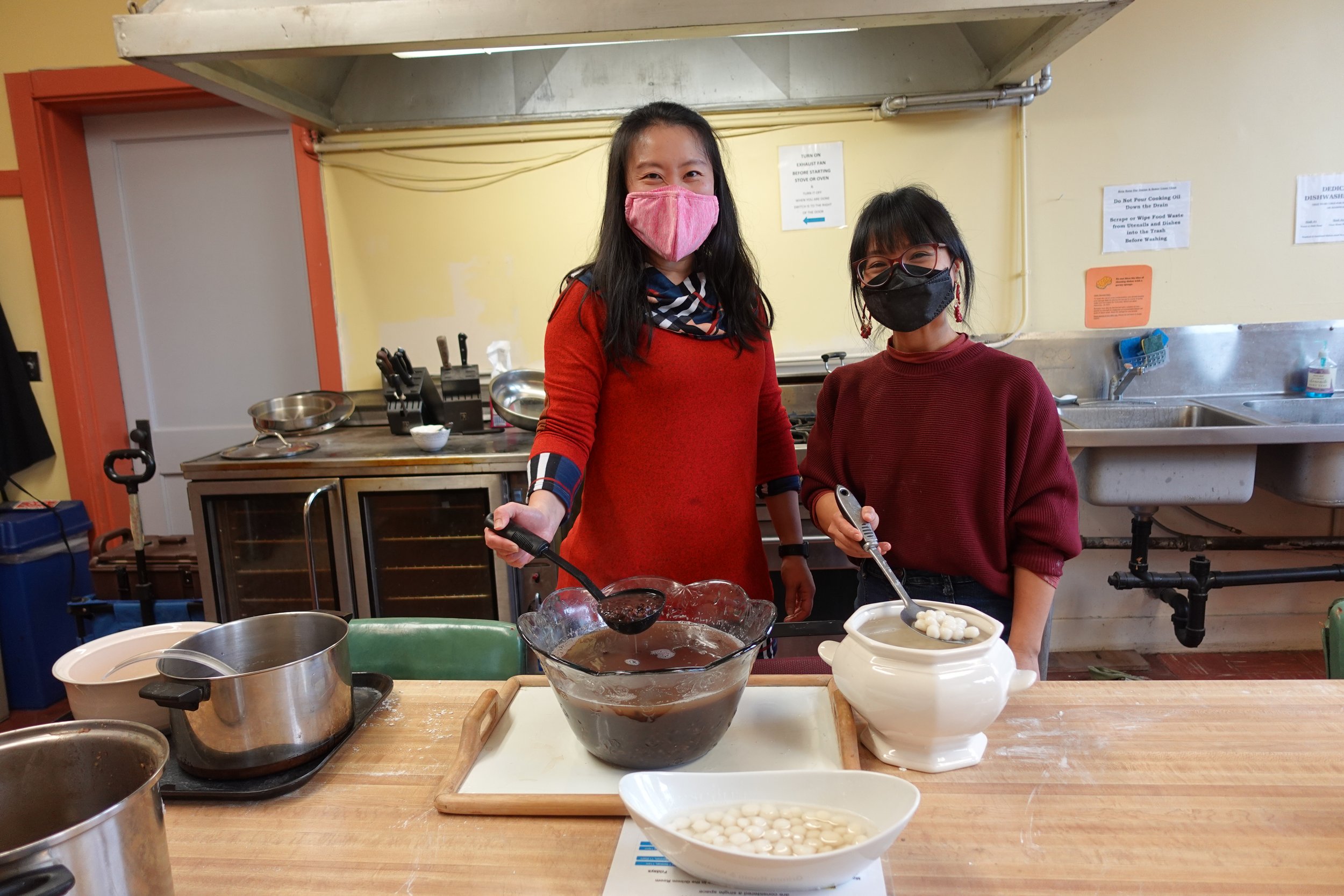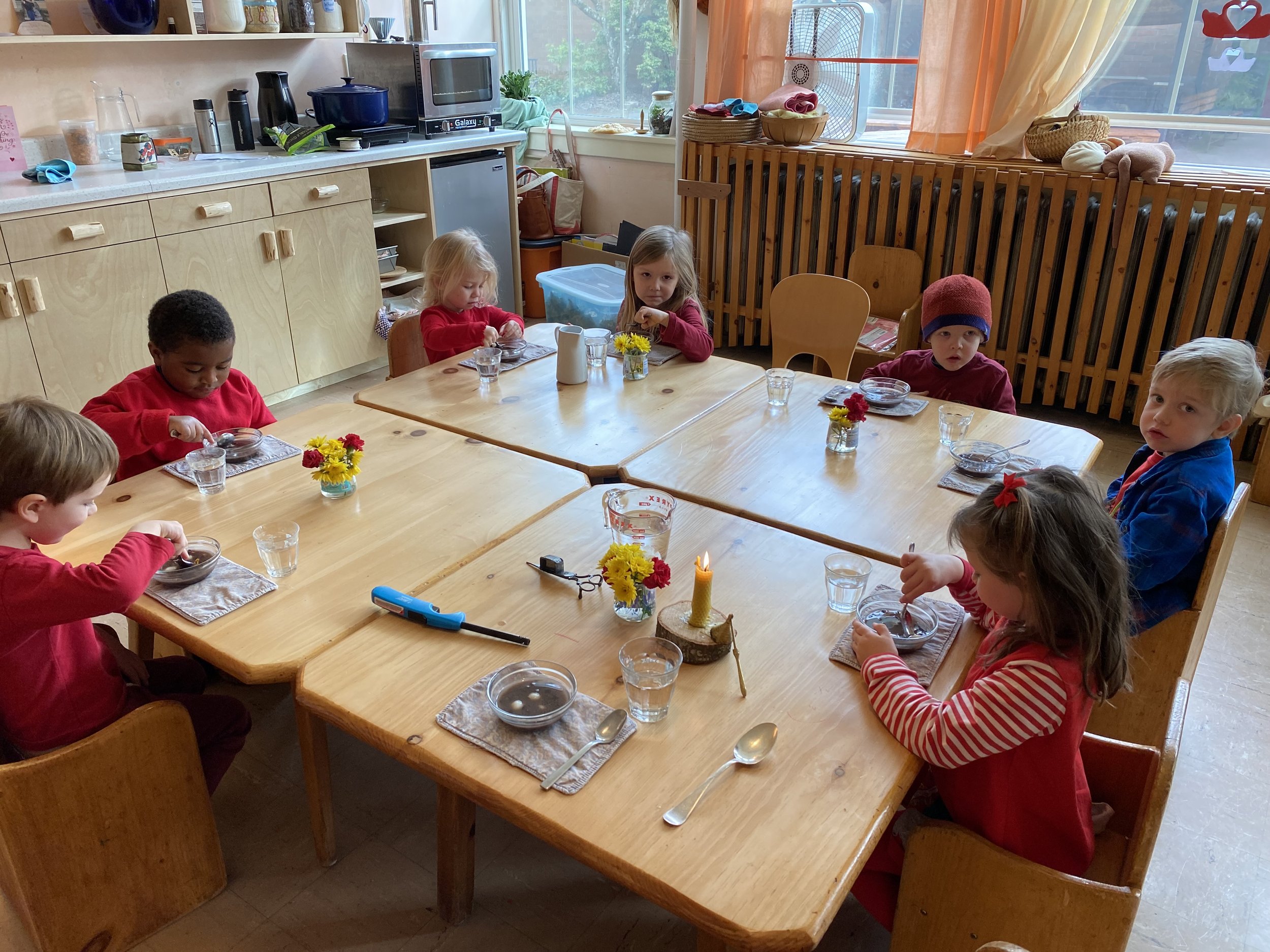Lunar New Year
By Lǎoshī Amy, PWS Mandarin Teacher
The Lunar New Year—Chunjie in China, Tet in Vietnam, Solnal in Korea, Losar in Tibet—are known as Spring Festivals, typically celebrated in China and other Asian countries beginning with the first new moon of the lunar calendar, and ending 15 days later on the first full moon. This year the Chinese New Year falls on Tuesday, February 1, ushering in the Year of the Tiger.
Chinese New Year is otherwise known as Lunar New Year and Spring Festival. The lunar calendar, which follows the moon, is the calendar many Chinese people use in China as well as other areas in Asia. Each month begins when there is a new moon in the sky and every 12 months a new year is celebrated. Each year is named for one of 12 animals: Rat, Ox, Tiger, Rabbit, Dragon, Snake, Horse, Ram, Monkey, Rooster, Dog, Pig.
Though it is winter for most of China, the Chinese New Year is popularly known as the Spring Festival, because it starts near the start of spring, the first of 24 solar terms based on the sun's position in the zodiac, and marking the end of winter. The 24 solar terms were created by farmers in ancient China to guide agricultural affairs and farming activities. The solar terms reflect changes in climate, natural phenomena, agricultural production, and other aspects of human life, including clothing, food, housing and transportation.
The Spring Festival begins a new year on the lunar calendar and represents the desire for a new life. It is a time when Chinese families come together with the hope of bringing good luck to the family.
Ways to Celebrate Chinese New Year
Our students will celebrate Chinese New Year with special songs, crafts and cooking projects. Here are some ideas for celebrating at home:
Decorate with Lucky Red Items
Red is the festival's main color, as red is an auspicious color so the national color representing happiness, beauty, good luck, success and good fortune. Attracting—and carrying over—good fortune into the next year is a major theme of the holiday. Red Chinese lanterns hang in streets and red couplets are pasted on doors. Most public decoration is done a full month in advance, but home decoration are traditionally made on Chinese New Year's Eve.
Reunion Dinner with Family
The Chinese New Year's Eve dinner is called 'reunion dinner', and is believed to be the most important meal of the year. Children are supposed to return to their families for the reunion dinner. If a family member couldn't participate, their presence is usually symbolized by placing an empty seat at the table.
Firecrackers & Fireworks
It has long been a Chinese tradition to set off firecrackers from the first minute of the new year. From public displays in major cities to millions of private celebrations in China's rural areas, setting off firecrackers and fireworks are indispensable parts of the holiday (and traditionally used to ward off an ancient monster called Nian).
Give Red Envelopes & Other Gifts
The most common New Year's gifts are red envelopes containing money, with the red color bringing good luck. Red envelopes are traditionally given from an elder or parent to children, or really to anyone who's unmarried.
Lǎoshī Amy’s Dumplings
Dumplings are one of the most common traditional foods Chinese people will have during Chinese New Year. People from different areas have different traditions, and each family has their own traditions. My favorite Chinese NewY ear dish that my mom makes is fried tofu-skin meat roll, where you put the seasoned ground meat on a very thin sheet made out of tofu, then deep fry the tofu-wrapped dumpling. I haven't tried to make them myself, but I've watched my mom! Enjoy. And If you need a gluten-free recipe, try this.
INGREDIENTS
1 lb ground chicken (I prefer the dark meat from New Seasons, they often have the chicken freshly grounded) or any kind of meat you prefer
1 medium size Napa cabbage, minced
4 pieces of celery, minced
2 shredded carrots
1 tablespoon ginger, minced
Some cilantro
teaspoon salt
1 egg
tablespoon corn starch (any starch is fine)
tablespoon soy sauce
tablespoon roasted sesame oil
tablespoon sugar
2 tablespoons neutral oil
2 teaspoons garlic powder
2-3 teaspoons salt
black or white pepper
Chinese rice vinegar, optional
2-3 packages of dumpling wrappers (or you can also just use flour and water to make the dough to roll your own dumpling wrappers. It would be a fun family activity)
DIRECTIONS
Have all the vegetables ready and put a teaspoon of salt with it and let it set for a few minutes. Then squeeze out the water. I found out this is an important step for me if I want to make my dumplings wrapping easier later.
Mix the meat with egg, corn starch, soy sauce, roasted sesame oil and sugar. Add all the ingredients then stir the meat in the same direction for 5 minutes.
Mix the meat and the vegetables together and add oil, garlic powder, salt and optional pepper.
To assemble the dumplings, add roughly 1 heaping tablespoon of filling to the center of a dumpling wrapper. With your finger, lightly coat half of the outside of the wrapper with water. Fold the moistened half of the wrapper over the filling and, using your fingers, pleat the edges to seal. Repeat with the remaining fillings and wrappers.
To cook, heat oil over medium high in a large skillet and add a few dumplings, cooking them in batches. Once the bottoms of the dumplings start to brown, add a splash of water and cover with a lid. Steam for about 5 minutes, or until the dumplings are cooked and the water has evaporated. Transfer the cooked dumplings to a paper towel-lined plate to remove any excess moisture or oil.




